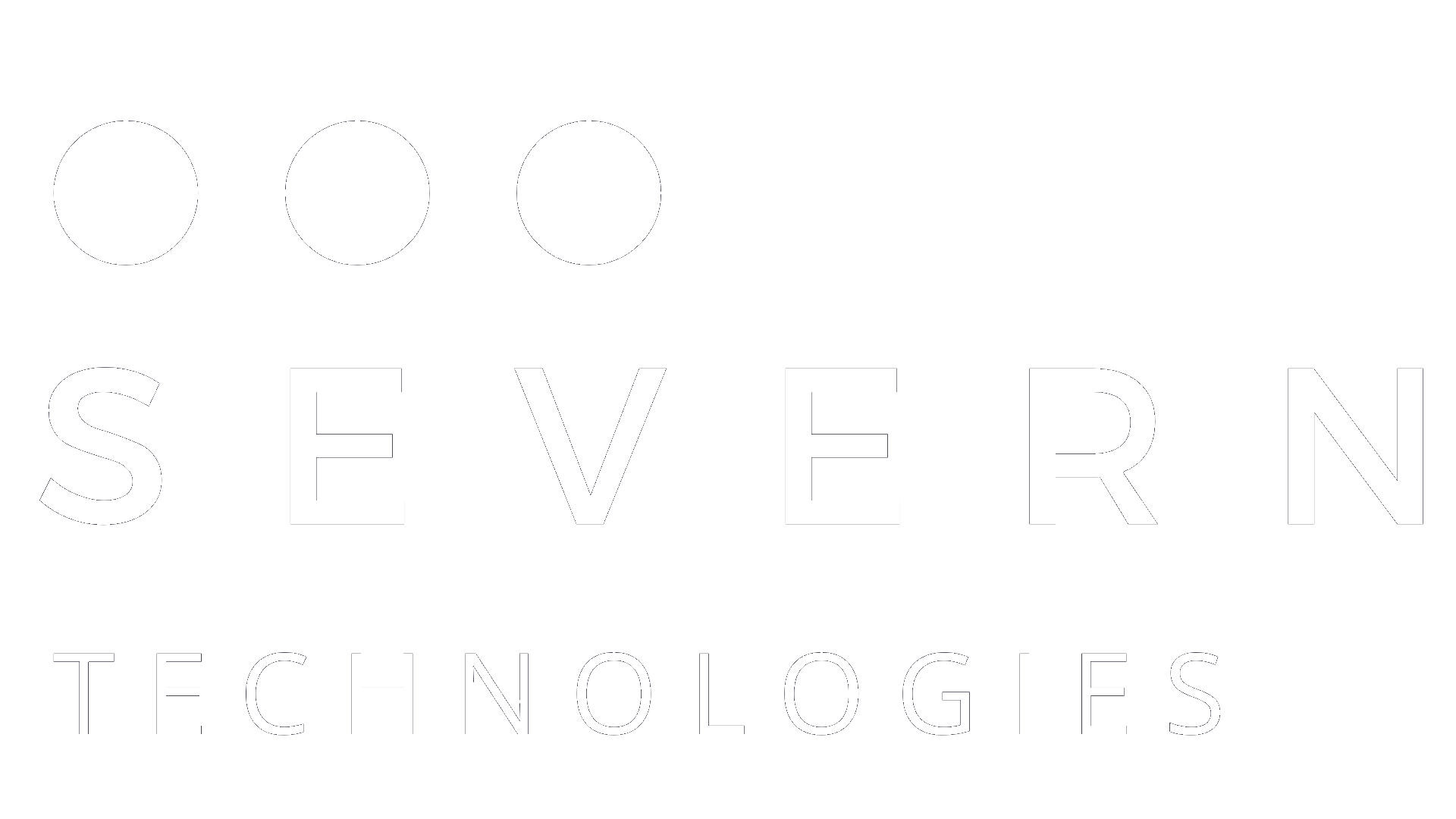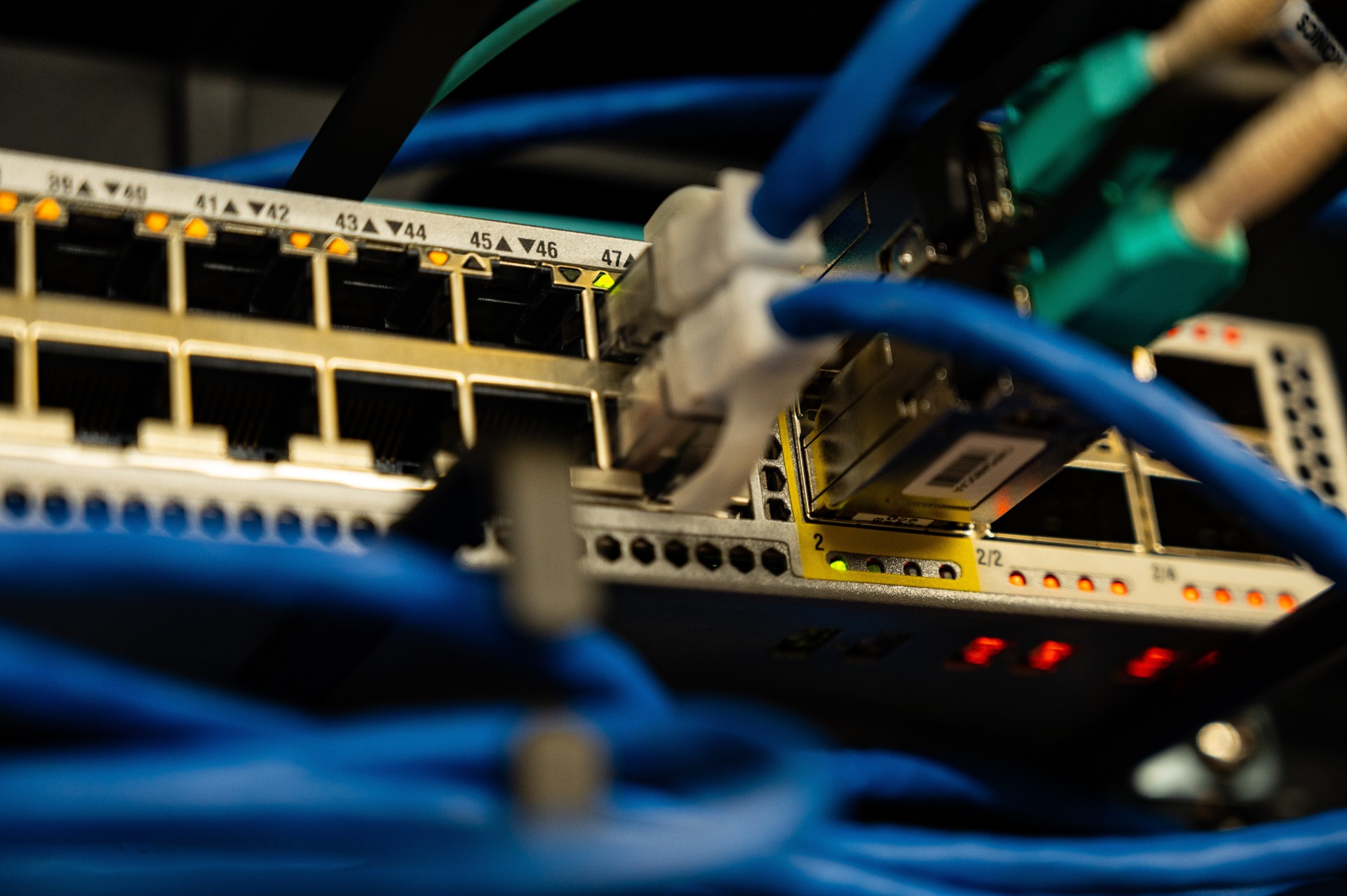Introduction
InfiniBand and Ethernet are two of the most widely used networking technologies, especially in data centres and high-performance computing (HPC) environments. While both serve the fundamental purpose of connecting devices for data exchange, they differ significantly in terms of architecture, performance, use cases, and cost. Over time, Ethernet has emerged as the more advantageous technology for a broader range of applications, particularly due to its versatility, scalability, and cost-effectiveness. This essay explores the key differences between InfiniBand and Ethernet networking and explains why Ethernet has become the preferred choice for many organizations.
InfiniBand Networking
1. Architecture and Protocols
InfiniBand is a high-performance, low-latency networking technology designed primarily for HPC environments, where speed and efficiency are paramount. It uses a switched fabric topology, meaning that data is routed through a series of interconnected switches, allowing for multiple simultaneous communications between nodes without collisions or interference.
InfiniBand operates at the transport layer and utilizes Remote Direct Memory Access (RDMA), a protocol that enables direct memory access from one computer to another without involving the CPU. This significantly reduces latency and frees up CPU resources for other tasks, making InfiniBand ideal for environments where low latency and high throughput are critical.
2. Performance
InfiniBand is known for its superior performance, particularly in terms of bandwidth and latency. It offers data transfer rates ranging from 10 Gbps to 400 Gbps, with extremely low latencies often measured in microseconds. This makes it a popular choice for applications that require high-speed data transfers, such as scientific simulations, financial modelling, and large-scale data analytics.
3. Use Cases
InfiniBand is predominantly used in HPC environments, research institutions, and specialized data centres where maximum performance is required. Its ability to handle large volumes of data with minimal delay makes it ideal for supercomputing clusters, where tasks like parallel processing, machine learning, and AI are common.
4. Scalability and Complexity
While InfiniBand offers excellent performance, it comes with significant complexity. The technology requires specialized hardware, including InfiniBand adapters, switches, and cables, which can be more expensive and challenging to maintain compared to Ethernet-based systems. Additionally, InfiniBand networks are typically more complex to design, deploy, and manage, often requiring specialized expertise.
Ethernet Networking
1. Architecture and Protocols
Ethernet is the most widely used networking technology globally, known for its versatility and ubiquity. It operates on a variety of physical media, including twisted-pair cables (Cat5e, Cat6), fibre optics, and wireless connections. Ethernet uses a bus or star topology and employs a protocol known as Carrier Sense Multiple Access with Collision Detection (CSMA/CD) to manage data transmission and avoid collisions.
Ethernet has evolved significantly over the years, with advancements such as Gigabit Ethernet, 10 Gigabit Ethernet (10GbE), and now even 100GbE and 400GbE. These advancements have made Ethernet capable of handling a wide range of applications, from simple office networks to high-bandwidth data centres.
2. Performance
While traditionally not as fast as InfiniBand, Ethernet has made significant strides in performance. Modern Ethernet networks can achieve speeds comparable to InfiniBand, with data rates up to 400 Gbps. However, Ethernet typically has higher latency than InfiniBand, though this gap has been narrowing with advancements in Ethernet technology, such as RDMA over Converged Ethernet (RoCE), which brings RDMA capabilities to Ethernet networks, reducing latency and CPU overhead.
3. Use Cases
Ethernet is incredibly versatile and is used in a wide array of environments, from small office networks to large-scale enterprise data centres and cloud infrastructures. Its broad compatibility with various devices, operating systems, and applications makes it the de facto standard for most networking needs. Ethernet is also widely used in converged and hyper-converged infrastructures, where networking, storage, and compute resources are tightly integrated.
4. Scalability and Simplicity
One of Ethernet’s greatest strengths is its simplicity and ease of use. Ethernet networks are relatively easy to design, deploy, and manage, even at scale. The technology is also highly standardized, with a vast ecosystem of compatible hardware and software, which makes it easier and more cost-effective to scale up or upgrade.
Ethernet's plug-and-play nature and widespread support mean that network administrators do not need specialized skills to manage Ethernet networks, unlike InfiniBand, which often requires more specialized knowledge.
Why Ethernet is Now More Advantageous
1. Cost-Effectiveness
Ethernet's widespread adoption has driven down the cost of Ethernet hardware, such as switches, routers, and cables, making it more affordable for organizations of all sizes. The economies of scale associated with Ethernet technology mean that it is often more cost-effective to deploy and maintain an Ethernet network compared to an InfiniBand network, particularly in environments where extreme performance is not the sole priority.
Additionally, because Ethernet hardware is so ubiquitous, organizations have more flexibility when purchasing or upgrading their network infrastructure, often resulting in further cost savings.
2. Versatility and Compatibility
Ethernet's versatility is another key factor in its widespread adoption. Unlike InfiniBand, which is typically confined to HPC and specialized environments, Ethernet can be used across a wide range of applications, from simple local area networks (LANs) to complex, high-performance data centres. Ethernet's compatibility with a vast array of devices and operating systems also makes it easier to integrate with existing infrastructure.
Moreover, Ethernet supports a wide range of networking protocols and services, such as VLANs, Quality of Service (QoS), and Virtual Private Networks (VPNs), which are essential for modern network management and security.
3. Advancements in Performance
While InfiniBand traditionally held a clear performance advantage, recent advancements in Ethernet technology have closed the gap significantly. The introduction of RDMA over Converged Ethernet (RoCE) has brought Ethernet closer to InfiniBand in terms of latency and CPU efficiency, making it suitable for applications that were once the domain of InfiniBand.
Additionally, with the advent of 100GbE and 400GbE, Ethernet now offers data transfer rates that rival InfiniBand, making it a viable option for even high-performance applications. This improved performance, combined with Ethernet's other advantages, has made it an increasingly attractive choice for organizations.
4. Simplicity and Manageability
Ethernet networks are generally easier to manage than InfiniBand networks. The widespread familiarity with Ethernet technology among IT professionals means that organizations can more easily find and train staff to manage their networks. This ease of management reduces the overall complexity and operational costs associated with running a network.
Ethernet's straightforward architecture also simplifies network design and expansion, making it easier to scale up or reconfigure the network as business needs change. This simplicity is particularly valuable in dynamic environments, such as cloud data centres, where network configurations must often be adjusted on the fly.
5. Ecosystem and Support
The global Ethernet ecosystem is vast, with extensive support from hardware vendors, software developers, and service providers. This robust ecosystem ensures that organizations using Ethernet have access to a wide range of tools, resources, and expertise to support their networking needs. The availability of standardized components and solutions also reduces the risk of vendor lock-in, providing organizations with greater flexibility in their network deployments.
In contrast, InfiniBand's ecosystem is more limited, primarily focusing on high-performance computing environments. This can make it more challenging and expensive to find the necessary components, support, and expertise, particularly for organizations outside of the HPC domain.
Conclusion
While InfiniBand remains a top choice for ultra-high-performance computing environments that require the lowest possible latency and highest throughput, Ethernet has become the more advantageous networking technology for most organizations. Ethernet's cost-effectiveness, versatility, and continuous advancements in performance make it suitable for a wide range of applications, from small business networks to large-scale data centres.
Ethernet's ease of use, broad compatibility, and extensive ecosystem support further enhance its appeal, allowing organizations to deploy, manage, and scale their networks efficiently. As networking needs continue to evolve, Ethernet's adaptability and ongoing innovation ensure that it will remain a cornerstone of modern networking infrastructure for years to come.

